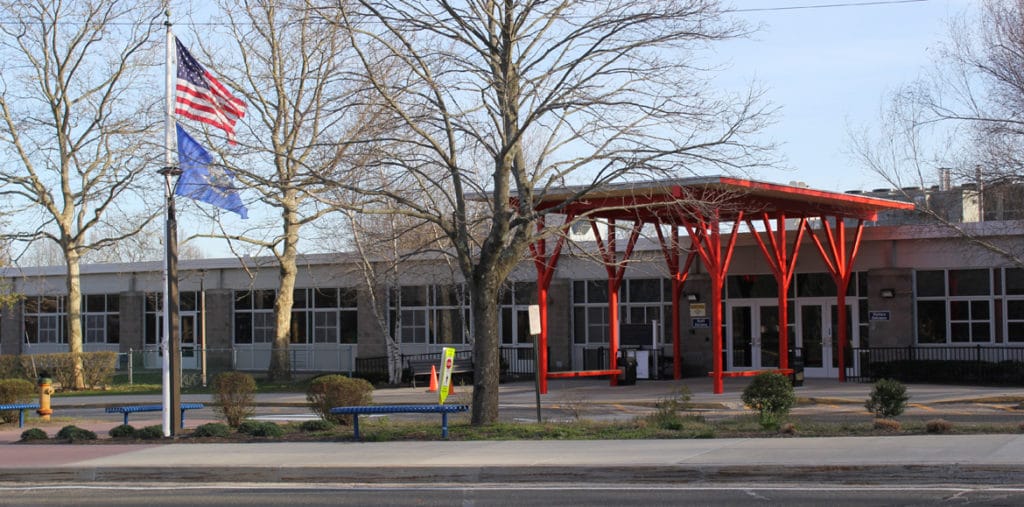Annual budget considerations
Week of January 22 through 28, 2023

This week featured the first of two joint meetings of the Woodbridge Board of Selectmen and Board of Finance to receive Operating Budget presentations, on Tuesday and Thursday. Let’s consider.
Some news
On Tuesday, budget requests for the next fiscal year from twelve departments were presented; Tax Collector, Tax Assessor/Board of Assessment Appeals, Human Services, Police, Recreation, Building Department, Public Works, Waste Management, Former Fire Station, Thomas Darling House, Information Systems, and Finance Department. The meeting lasted about an hour and fifteen minutes and the recording can be viewedon WGATV’s YouTube channel.
Then on Thursday, the meeting kicked off with a review of the annual audit followed by presentations from another ten department categories; Woodbridge Board of Education, Library Commission, Conservation Commission, Economic Development Commission, Building Maintenance, Pool & Gym, Parks Department, Animal Control, Employee Benefits, and Debt Service. This meeting lasted about a half hour longer, and this recording can also be viewed on WGATV’s channel.
The largest portion of the Town’s operating budget is the money that’s allocated to operate our public schools. In Woodbridge, Beecher Road School (overseen by the Woodbridge Board of Education) provides education for students in Pre-Kindergarten through grade six. Our town is also part of a regional school district, along with Bethany and Orange, in which students continue for grades seven and eight at the Amity Middle School Bethany, and then for grades nine through twelve at Amity Regional High School — which are two of the Amity Region 5’s three schools (the other is Amity Middle School Orange), overseen by the Amity Board of Education. Two school districts, two boards of education, two budget requests; the first of which was received this week (Amity will present next week).
Some history
We are not alone in having this bifurcated arrangement for our public schools which results in two separate boards of education, two Superintendents, and duplication of other district-wide administrative functions (pupil services, facilities and financial management, etc.). From time to time there have been efforts to study possible integration or merger options, including shared services agreements between districts, most recently by a sub-committee of the Amity Board of Education in 2018 and 2019 — read more about this at the Region 5 website. The subject certainly deserves further exploration, especially given its prominence in the CERC Fiscal Health Analysis (see last week’s post for details).

There’s a rich tradition in Woodbridge of close attention being paid to school budget planning and approval. And as far back as early-2001, the dissemination of information to the public “on the internet” — or what we used to call “the world-wide web” — was recognized as a key method to elevate the discussion around the funding of our public schools. Jumping into the Wayback Machine for a trip back in time reveals how local control was made manifest by way of well-informed citizens providing direct input to elected and appointed decision-makers. There’s no reason to think we have lost this capacity — even though the world-wide web is now little more than a quaint memory.
During this week’s budget meeting on Thursday as the WBOE’s presentation was made another opportunity to reminisce presented itself. At the January 17th meeting of the WBOE there was lengthy discussion followed by a vote to break with longstanding practice regarding the town’s participation in the state’s Project Open Choice. You can watch the recording of this portion of the meeting which begins at about the 45-minute mark. The discussion concludes with a vote to reduce the number of slots for this program at Beecher from the current year’s 18 seats down to 16, as 6th graders existing the district will not be replaced with incoming kindergarteners next year. This move has budget implications because the program reimburses the host district in the form of an Open Choice Grant awarded at the rate of approximately $4,000 per student — so this reduction in seats may result in about $8,000 less revenue received next year.
Looking back about two decades, we can read more about Project Open Choice and the participation of Beecher Road School by consulting the 2005 Strategic School Profile report archived on the state’s EdSight website. On page two it states:
EFFORTS TO REDUCE RACIAL, ETHNIC, AND ECONOMIC ISOLATION
Connecticut law requires that school districts provide educational opportunities for its students to interact with students and teachers from diverse racial, ethnic, and economic backgrounds. This may occur through magnet school programs, public school choice programs, charter schools, minority staff recruitment, inter- or intradistrict programs and projects, distance learning, or other experiences. Below is the description submitted by this school district of how it provides such experiences.
The Beecher Road School is Woodbridge’s only elementary school for students in Grades PreK-6. Student enrollment was 825 in the 2005-06 school year. Woodbridge supports and participates in Project Open Choice. Eleven students are enrolled from New Haven. Seats are allocated to students in the primary grades in an effort to reflect a long-term commitment to the children and to provide the full resources of the elementary school program.
…
At the budget meeting, questions were raised and an informative exchange took place — this portion of the meeting occurs at about the 48 minute mark and further discussion takes place later, at about the 56-minute mark.